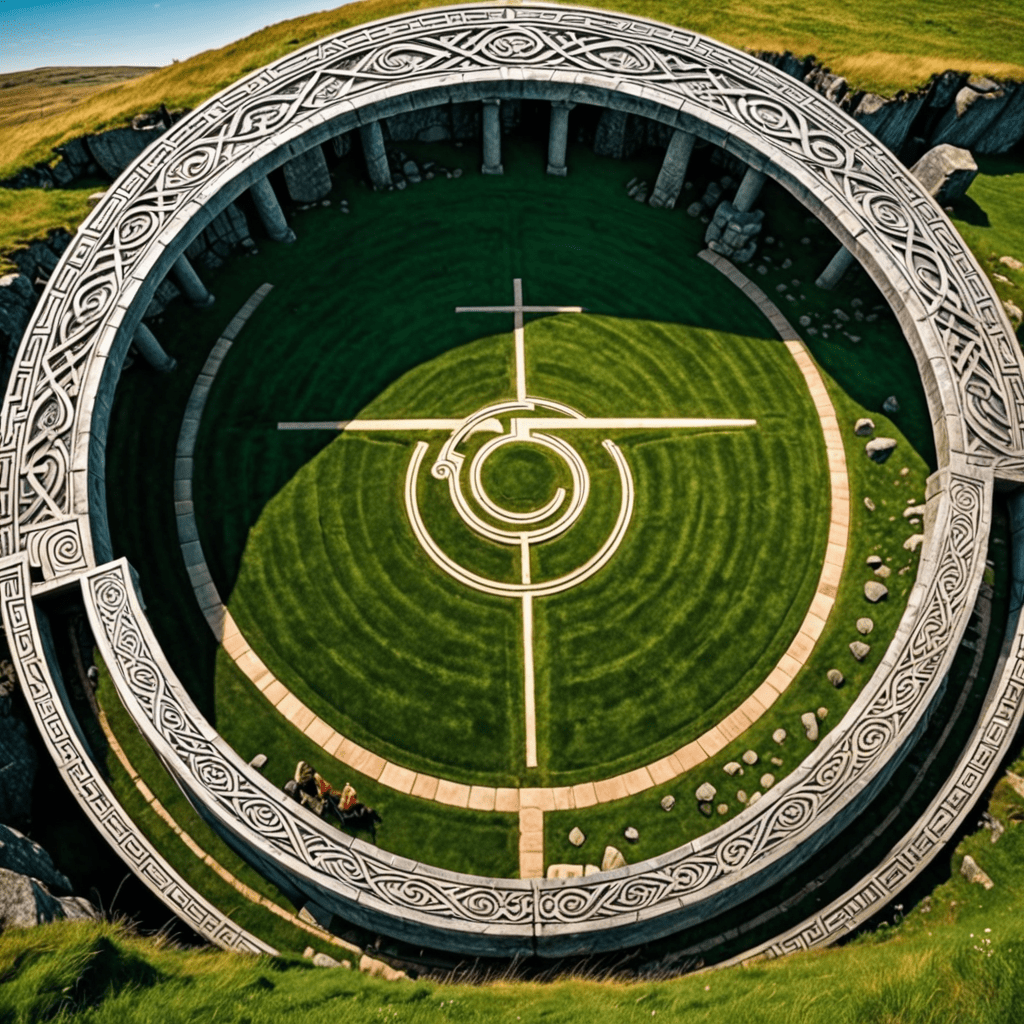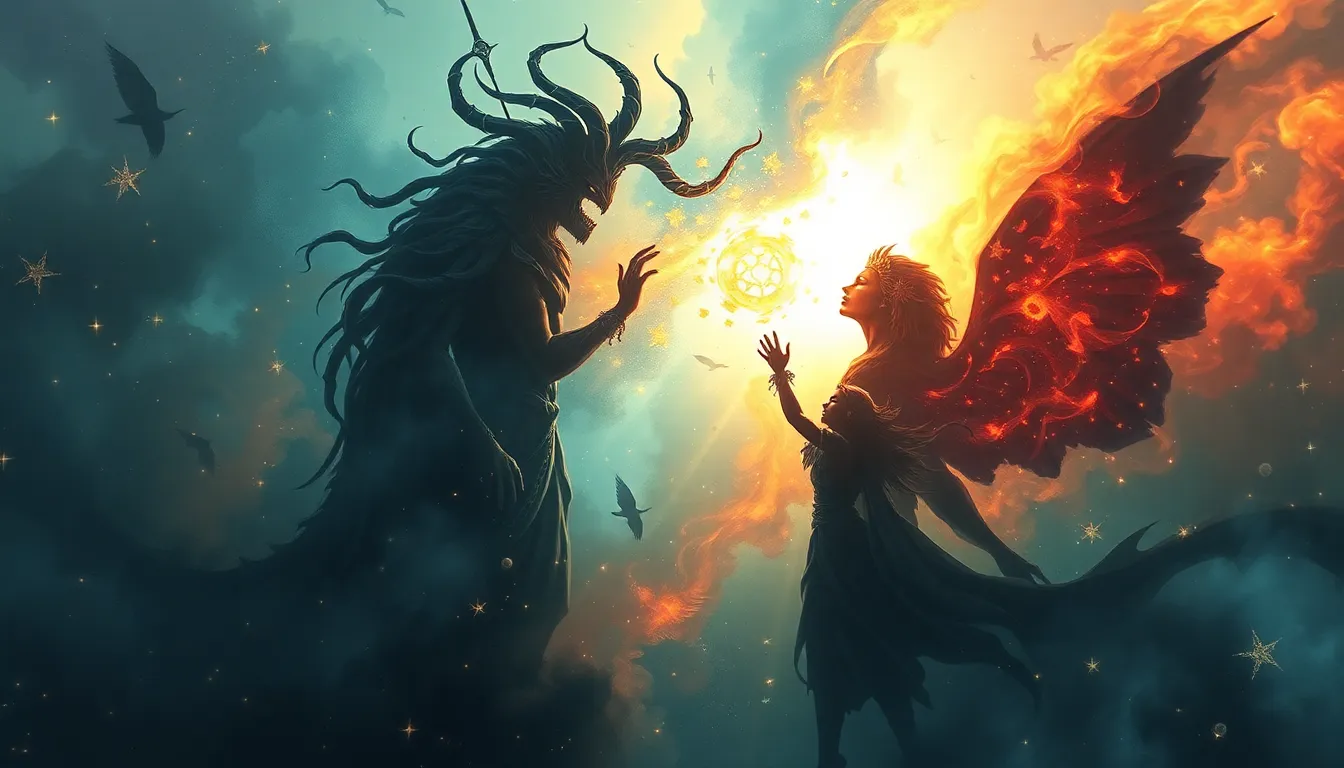The Symbolism of Boundaries and Borders in Norse Mythology
Exploring the Concept of Boundaries in Norse Mythology
Norse mythology, with its rich tapestry of gods, giants, and various other beings, often employs boundaries and borders as significant symbols. In Norse cosmology, the concept of boundaries is essential, representing the divisions between realms, such as Midgard (the realm of humans) and Asgard (the realm of the gods). These boundaries serve to separate and maintain order in the cosmos, reflecting the Norse worldview’s belief in the importance of structure and balance.
The Significance of Borders in Norse Mythological Narratives
In many Norse myths, boundaries and borders play pivotal roles in shaping the characters’ journeys and the outcomes of their quests. For example, the great wall surrounding Asgard, known as Asgard Wall, symbolizes protection and the separation of the divine realm from the chaotic forces outside. Similarly, the Bifrost, the rainbow bridge connecting realms, represents the connection and division between different worlds in Norse mythology.
These border elements often act as a threshold that heroes must cross, signifying their transition from one state to another – whether it be a physical boundary like crossing into Jotunheim or a metaphorical one symbolizing personal growth and transformation.
Understanding the Symbolism of Boundaries in Norse Cosmic Order
Boundaries and borders in Norse mythology also reflect the larger cosmic order and the cycle of creation, preservation, and destruction. The protective boundaries upheld by the gods, such as Thor’s hammer defining the space around him or Odin’s realm encompassing knowledge and wisdom, represent the forces that govern the universe and maintain equilibrium.
Conclusion
In conclusion, the symbolism of boundaries and borders in Norse mythology runs deep, representing not only divisions between realms but also encapsulating themes of protection, transformation, and cosmic order. By exploring these symbolic elements in Norse myths, one gains a deeper understanding of the complex and intricate tapestry woven by ancient Norse storytellers, offering insights into the fundamental principles that guided their understanding of the world and the cosmos.
Frequently Asked Questions About the Symbolism of Boundaries and Borders in Norse Mythology
What do boundaries and borders represent in Norse mythology?
Boundaries and borders in Norse mythology symbolize the division between different realms, such as Asgard, Midgard, and Jotunheim. They mark the separation between the worlds of gods, humans, and giants, signifying order and protection.
How are boundaries and borders depicted in Norse mythology?
In Norse mythology, boundaries and borders are often portrayed as physical structures like walls or fences, such as the walls surrounding Asgard built by the gods to protect their realm. They can also manifest as natural elements like rivers or mountains separating realms.
What significance do boundaries and borders hold in Norse cultural beliefs?
Boundaries and borders in Norse culture hold deep significance, representing the importance of respect for different realms and the preservation of order in the cosmos. They highlight the idea of sacred spaces and the necessity of maintaining harmony between worlds.
Are there any specific Norse myths that emphasize the symbolism of boundaries and borders?
Yes, one prominent myth is the tale of the binding of Fenrir, the monstrous wolf, with Gleipnir, a magical chain. This myth showcases the importance of setting limits and boundaries to prevent chaos and destruction in the Norse cosmos.



